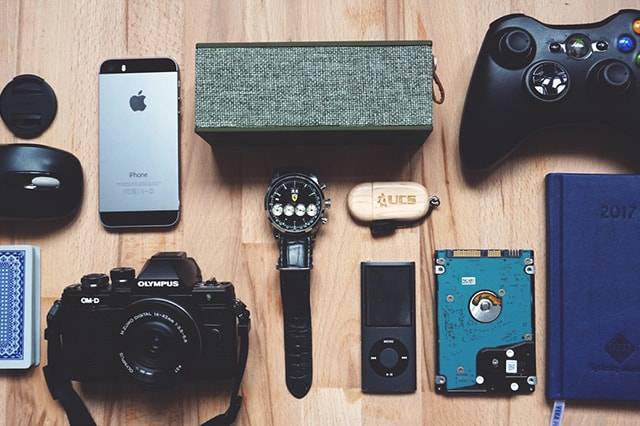Nobody wants to end up with a mediocre phone and be stuck with it for two years (or until the phone’s contract ends). So if you’re hunting for your next smartphone, we’ll help you out.
Classy Look
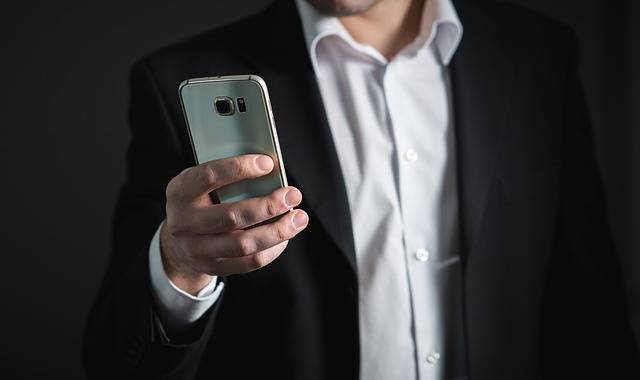
Frankly, the looks don’t matter much to most, knowing they’re probably tucking their smartphones in some cumbersome protective case. If you’re someone who gets endeared to design and doesn’t like using phone cases, though, perhaps you’d prefer one that’s sleek and good looking.
If you go down this route, be ready to be spoiled with choices. Perhaps you’d be drawn to smartphones with a unibody design. Take a look at the likes of Galaxy S7 Edge, HTC 10, or the iPhone 6s and see if their outstanding build quality and pure aesthetics suit you. When you prefer a mobile phone with removable battery, check out LG G5 for its innovative design. It lets you add other modules like a camera grip or an extended battery so your phone’s functionality can be extended as you please.
Are you interested in what the phone’s made out of? You’ll perhaps like the classy feel of Samsung Galaxy S7 Edge’s glass-and-metal build. Or for a truly distinct design, you’d probably like the Galaxy Note III’s quirky leather back.
Hot Tip: Always keep in mind that the beauty of your smartphone may be underappreciated if you’ll simply hide it underneath some tough cover. Don’t let this stop you from getting the perfect protective case to safeguard your iPhone from bumps and falls, however. It’s wiser to invest in durability over aesthetics any day.
Long Battery Life
In theory, a phone’s processor, screen size, and operating system all help determine how long it can last on a single charge. The fact, however, is that most won’t last you a whole day.
This may be why a handful of smartphone makers have built models that last longer than their competitors’. These kinds of handsets often last longer than 8 hours with 4G LTE surfing, but some work even longer.
When you’re a busy bee and need a phone that won’t scream for your attention in a few hours because it’s running out of juice, look for a phone with at least 3,000 mAh battery. Before you settle with a Galaxy S7 Edge and its 3,600 mAh battery, though, keep in mind that other handsets easily surpass this with a battery life of 12 hours or more.
Hot Tip: Based on expert tests, the likes of LG X Power, Moto Z Play, Blu Energy XL, and Sony Xperia X Performance are all capable of working 12 hours and more on a full charge. You’re pretty much welcome to give these battery life champs a try if you don’t believe us.
Sufficient Screen Size
Look around and you’ll see more people going for smartphones with bigger screens. Unsurprisingly, many have been drawn to larger screen sizes because most use their phones for playing mobile games or watching videos.
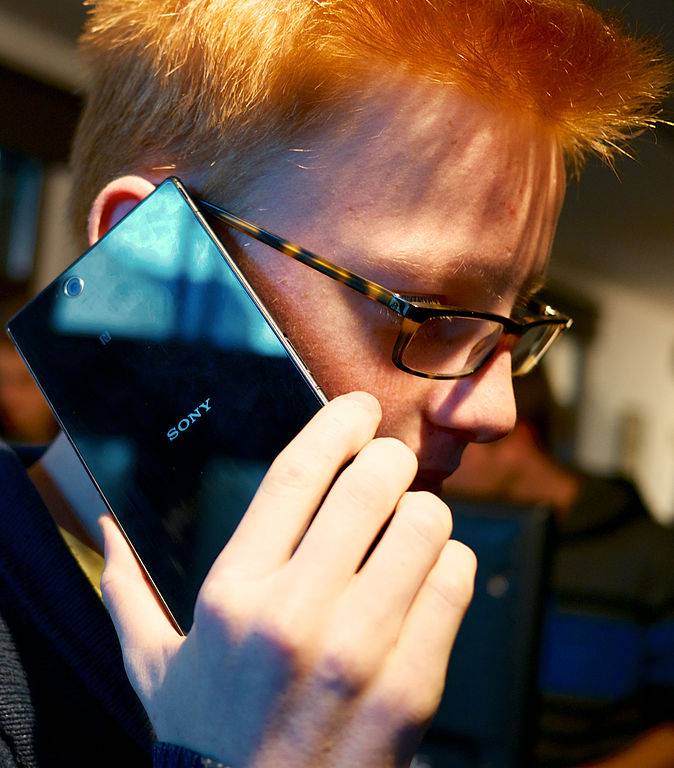
Using your handset for a similar purpose? Then go for smartphones with 4.5 to 5.4-inch screens. This size range has become a sweet spot for anyone not wanting to lug around a humongous phone and yet still want enough screen size to watch clips. The LG G5, Galaxy S7, iPhone 6s, and other smartphones in this size range are guaranteed to be fairly comfortable to use (and watch) on one hand.
On the other hand, there are phablets (a blend of the words “phone” and “tablet”) for people who wants a massive display. They often come with 5.5-inch screens or more to give users more than enough space to read eBooks, run apps side-by-side, or watch movies. You’ll have to use both hands to use these monstrous phones (if you don’t want to risk dropping them), though. If you’re interested in these types of phones, look for the iPhone 7 Plus or Google Pixel XL.
Powerful Cameras
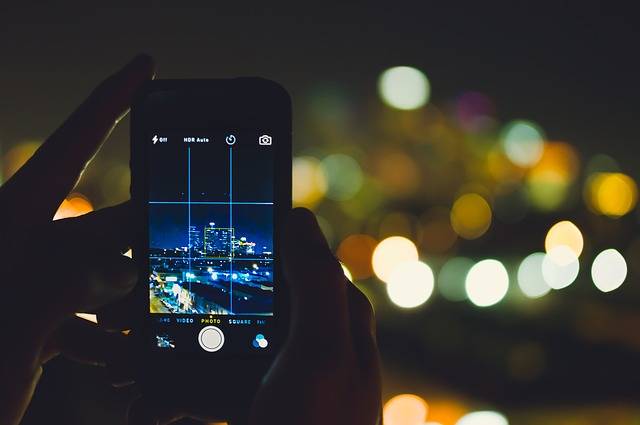
Fun fact: Average users will often favor smartphones with good cameras than those with decent processors. Quite unsurprising when you consider that most people use their mobile phones as their primary camera.
That’s probably why you see a lot of smartphones boasting 12MP (megapixel) cameras. But don’t just go for a smartphone camera based on that number alone. Pay more attention to the camera’s actual image quality, pixel size, aperture, speed, and other features.
Concerning camera features, make sure the smartphone you’re getting has a camera that has optical image stabilization. Your shots will look good even in low-light conditions and have noticeably less blur with it. Some phones we know having this feature are the Google Pixel iPhone 6s Plus, HTC 10, and Samsung Galaxy S7. The HTC 10 takes it a bit further by having optical image stabilizers on its front camera—meaning, better selfies!
Nowadays, you’ll see a lot of phones having a dual rear camera setup, too. Huawei P9 comes with dual Leica cameras for a dual setup where one picture captures in monochrome and the other in color. The result is a single sensor with a pixel size equivalent of 1.76 microns, which means less noise in your snapshots. LG G5, meanwhile, boasts of a dual camera where one of its lenses is designed for wide-angle shots. If you’re fond of landscape photos, this one may be your best bet.
Hot Tip: Unsure whether a smartphone’s camera suits you? The easiest way to compare and choose is to take a snapshot with each phone in your shortlist. See if you like the color, sharpness, or its autofocus feature. Easy, right?
Excellent Screen Quality
You’ll know whether the phone’s screen quality is a good or not the moment you turn it on. This is why manufacturers put a lot of emphasis on their phone’s display, often making it the main selling point. To be sure that the handset you’re getting performs well in this department, look into its display technology and resolution.
A resolution is basically a number of pixels—those tiny squares you see when you look at the display closely. Remember, the clearer the display, the more pixels a screen has. With that, get a smartphone with a 1080p display and a pixel density of at least 300ppi. A phone with a display resolution of 1920×1080 or higher (like the ones on the iPhone 6s Plus, HTC 10, and Galaxy S7) shows better video detail and clarity.
Next stop is the display technology. At the moment, it’s neck-and-neck between AMOLED and LCD screens. Between the two, AMOLED has the edge in terms of color accuracy and vibrancy. No wonder both the Samsung Galaxy S8 and iPhone 8 are rumored to have this screen technology. While the LCD screen may not have astounding aesthetics, it does win in one crucial area: longevity.
The LCD technology often has a single backlight instead of individual RBG lights. This may be why its color balance remains consistent despite wear and tear. AMOLED displays, on the other hand, consist of different LEDs with varying life spans. Consequently, its individual components will gradually degrade at slightly different rates so you may likely notice the screen exhibiting a slight color imbalance down the road.
Hot Tip: Finding all that specs confusing? Just make sure your smartphone’s panel is bright enough to be viewed outdoors (especially in direct sunlight). You’d want a phone with wide viewing angles, too.
Snappy Processor
A smoother gameplay, snappier photo-editing, and faster switching between open apps—anybody would love to have a smartphone that does all these without breaking a sweat. Sadly, not all models are “built for speed”.
In terms of performance, we haven’t seen any other processor powerful enough to rival Apple’s 64-bit, 16-nanometer A10 chip. Built into iPhone 7 and 7 Plus, it’s no wonder these two are capable of console-quality gaming as well as a fast overall performance.
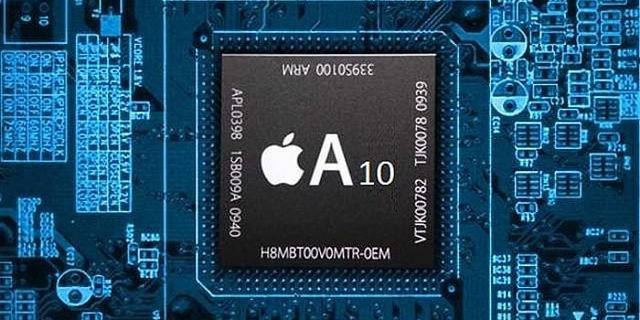
This status quo could change as soon as we start seeing Qualcomm’s latest Snapdragon 835 processor built into the next generation of Android and Windows flagships. With this powerful chip at the core of some of the upcoming smartphones this year, expect to see the next breed of handsets clocking in impressive speeds and longer battery life.
While you’d readily find both powerful processors in high-end models, it’d be tough getting any decent equivalent within the mid-tier range. Proud owners of Huawei Honor 5x will swear by the decent overall speed of the Snapdragon 600, but we doubt if they can run the most demanding mobile games without lags.
Hot Tip: Itching to own a smartphone with a snappy processor? Be on the lookout for flagship phones from last year. In most cases, they’ll have premium features, minus a hefty price tag.
Sizeable RAM
Are you a multi-tasking maven who’s always on the go? You’ll want a phone that keeps up with your fast-paced lifestyle and can run several apps simultaneously. In that case, look for one built with sufficient amounts of RAM.
Steer clear from handsets that offer a system memory of only up to 1GB or less. A decent number to go for in this category is 2GB or more. If you’re going for flagship phones, you’ll notice that most offer 4GB (which is really good). Curiously, though, the iPhone 6s and 6s Plus only offer 2GB RAM without any consequential impact on their overall performance.
The lesson? A lot of RAM makes a phone better, but it isn’t an absolute must for a good performance.
Hot Tip: Go for a mid-range phone when you want a device that lags less but at a more affordable price. We guarantee you can find one within that price range that is built with a decent memory size and processor.
Huge/Expandable Internal Storage
Buy a phone that offers a sizeable internal storage. Never underestimate how much space high-resolution photos, graphics-heavy games, and HD videos eat up over time.
While handsets with 16GB of internal storage seem like a decent choice, we recommend you go as high as 32GB. Keep in mind, though, that there’s a much more economical workaround for this requirement.
Hot Tip: Because the price steeply increases the higher a phone’s internal storage gets, look for a smartphone that’s built with an external storage capability. Get a mobile device that works with a microSD card to expand its internal storage to as much as 128GB. You do so without breaking the bank, too.
Extensive Available Accessories
Sure, your handset comes with an awesome pair of earphones, a decent screen protector, and a fast-charging power adapter. But are there any other accessories you can pair it with?
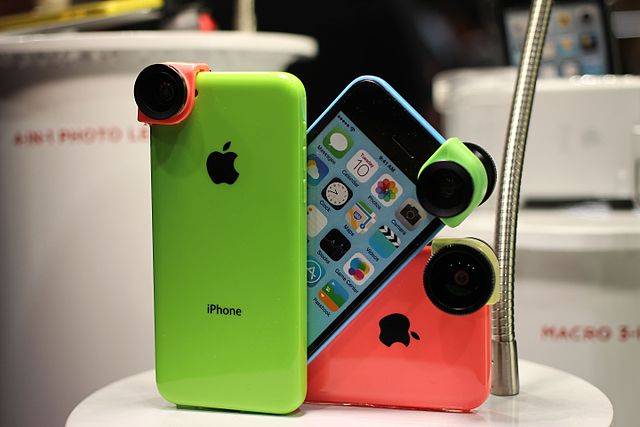
Scour the market and you’ll see that most mobile accessories are designed for flagship models. If you own one, you can replace worn-out cases with new ones in no time at all.
Frankly, though, this category isn’t much of a dealbreaker for most users. It would be nice, however, if you could readily customize your device with a new screen cover or stylus pen whenever you please.
Latest Smartphone Technology
When you want all eyes to be on your shiny, new smartphone, you have to be able to show off all of the latest features. Those practical fingerprint sensors may have become a common feature among flagship devices, but they’re a marvel to use every time. It’s rumored that the next iPhone would have a 3D camera that’ll replace this kind of sensor, though. It’s widely speculated the device will offer facial recognition as part of a powerful security protocol.
On the topic of state-of-the-art features, we’re already seeing some smartphone makers trying to popularize wireless charging. Arguably, this kind of technology may still be in its infancy. So until this novelty starts getting integrated into cars, furniture, etc., you’d be wise to save your cash for something more practical than a wireless charging mat.
Differentiating a good smartphone from one that’s bad is a highly subjective exercise, we admit. With our in-depth guide, however, we’re certain you’d get a more vivid picture of what your ideal handset should look like.
